1. Understanding the Going-to-the-Sun Road Experience
For anyone exploring A Guide to Visiting Glacier National Park: Going-to-the-Sun Road Tips, it’s important to know that this 50-mile stretch is more than just a scenic drive—it’s the heart of the park. Winding across the Continental Divide, it offers dramatic mountain views, glacial valleys, and alpine meadows. Many first-time visitors underestimate the emotional impact of cresting Logan Pass and realizing they are literally driving through the “Crown of the Continent.”
Why the Road Matters
The Going-to-the-Sun Road connects east and west sections of Glacier National Park, making it both a transportation artery and a sightseeing highlight. Its design is considered an engineering marvel, blending into the landscape while giving drivers access to the park’s most iconic views.
2. Permits, Parking, and Seasonal Access
Since 2021, access to the Going-to-the-Sun Road has required vehicle reservations during peak months. Visitors should secure permits early, as they sell out quickly. Parking at Logan Pass, the highest point, fills up by mid-morning. A useful tip is to take the park’s shuttle system, which allows you to hop on and off without the stress of circling for a spot. Always check seasonal closures—the road typically opens late June and closes by mid-October, but snowpack can delay access.
Traveler’s Advice
A couple who visited in early July shared that having their permit pre-booked through Refined Travel saved them from the stress of last-minute planning. They caught sunrise at Logan Pass with only a handful of people around, an unforgettable moment.
3. Driving Strategy and Road Safety Advice
Driving this road is not like cruising down a freeway. Expect sharp curves, sheer drop-offs, and narrow lanes. Vehicles longer than 21 feet or wider than 8 feet are restricted in certain sections. First-time drivers should keep their focus on the road and let passengers handle photography. Starting your drive early in the day not only avoids traffic but also provides the calmest driving conditions.
Insider Tip
If you’re nervous about the drive, consider entering from the east at St. Mary and heading west—this positions the car away from the cliff edge for much of the trip.
4. Must-Stop Highlights Along the Route
Key highlights include Logan Pass Visitor Center, where alpine wildflowers bloom in summer; Jackson Glacier Overlook, one of the few easy glacier views from the road; and the Weeping Wall, where melting snow cascades over the rocks. Hidden Lake Overlook trailhead begins at Logan Pass and rewards hikers with stunning lake views and mountain goat encounters.
Story Behind the Stops
One family recalled pulling over at the Weeping Wall with kids laughing as spray misted their faces—it became the highlight of their trip. These spontaneous moments often eclipse the “big sights.”
5. A Traveler’s Story: First Drive Through the Park
For many, their first drive through the Going-to-the-Sun Road is transformative. A solo traveler described stopping at every turnout, from Lake McDonald’s reflective waters to the alpine sweep of Logan Pass. She admitted to pulling over just to take in the silence of high mountain meadows, something no guidebook can fully prepare you for. Sharing her experience with Refined Travel later helped shape itineraries for other visitors seeking a balance of adventure and tranquility.
6. Hiking Opportunities Starting From the Road
Beyond driving, the Going-to-the-Sun Road is a gateway to hikes like the Highline Trail, Hidden Lake Overlook, and Avalanche Lake. Each offers varying lengths and difficulty levels. If you’re short on time, even a mile-long stroll from a turnout can immerse you in alpine scenery. Always carry water, layers, and bear spray, as wildlife encounters are part of the authentic Glacier experience.
7. Photography Tips and Best Light Conditions
Photographers should aim for early morning or late evening light. Sunrise from Logan Pass paints the peaks gold, while sunset over Lake McDonald offers fiery reflections. Wide-angle lenses capture sweeping vistas, but don’t overlook details like alpine flowers or mountain goats grazing trailside. Patience is key—wait five minutes at a viewpoint, and light or wildlife may surprise you.
8. Logistics: Timing, Weather, and Crowds
Weather changes rapidly in Glacier. A sunny morning can turn stormy by afternoon. Pack rain gear and check forecasts. July and August bring the largest crowds, while September offers fewer visitors and vibrant fall colors. Plan bathroom and snack breaks—services are limited along the road. By mapping your stops and building flexibility into your schedule, you can enjoy the drive rather than rush through it.
9. Planning Ahead With Refined Travel
If reading A Guide to Visiting Glacier National Park: Going-to-the-Sun Road Tips sparks your wanderlust, the best next step is careful planning. Permits, accommodations, and timing are key to avoiding disappointment. With Refined Travel, you can receive a curated itinerary—whether it’s a sunrise hike, a guided wildlife tour, or advice on hidden pullouts for photography.
Final Invitation
Glacier National Park is not just a destination—it’s an experience that blends raw wilderness with carefully preserved access. Let yourself imagine the first curve where the valley opens beneath you, then take the step to make it real. Explore more through Refined Travel and turn inspiration into your next unforgettable journey.



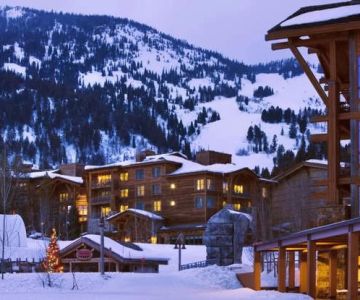


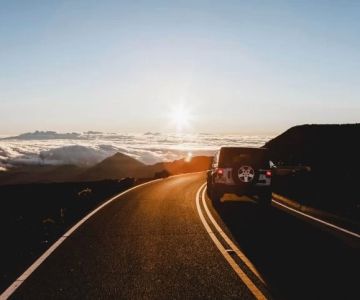
 Lakeside Village Mobile Home Park4.0 (21 reviews)
Lakeside Village Mobile Home Park4.0 (21 reviews)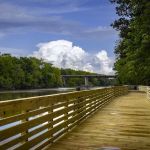 River Landing0.0 (0 reviews)
River Landing0.0 (0 reviews)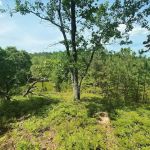 Star Point Reserve5.0 (3 reviews)
Star Point Reserve5.0 (3 reviews)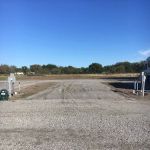 Ware to Stay RV Park4.0 (34 reviews)
Ware to Stay RV Park4.0 (34 reviews) Ohoopee River Campground4.0 (182 reviews)
Ohoopee River Campground4.0 (182 reviews) Riverside Mobile Home Community3.0 (217 reviews)
Riverside Mobile Home Community3.0 (217 reviews) Exclusive Travel Packages for First-Class Travelers: A Guide to Luxury Vacations
Exclusive Travel Packages for First-Class Travelers: A Guide to Luxury Vacations Refined Travel Experiences in Southeast Asia: Explore Luxury & Unique Destinations
Refined Travel Experiences in Southeast Asia: Explore Luxury & Unique Destinations How to Make the Most of Luxury Vacation Deals: Expert Tips for Savvy Travelers
How to Make the Most of Luxury Vacation Deals: Expert Tips for Savvy Travelers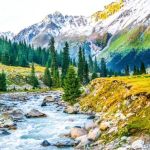 How to Enjoy a Refined Travel Experience in the Mountains
How to Enjoy a Refined Travel Experience in the Mountains Refined Travel Itineraries for Art and Culture Lovers: Explore the World of Art and History
Refined Travel Itineraries for Art and Culture Lovers: Explore the World of Art and History Most Luxurious Destinations for Honeymooners: Top Spots for Romance and Luxury
Most Luxurious Destinations for Honeymooners: Top Spots for Romance and Luxury